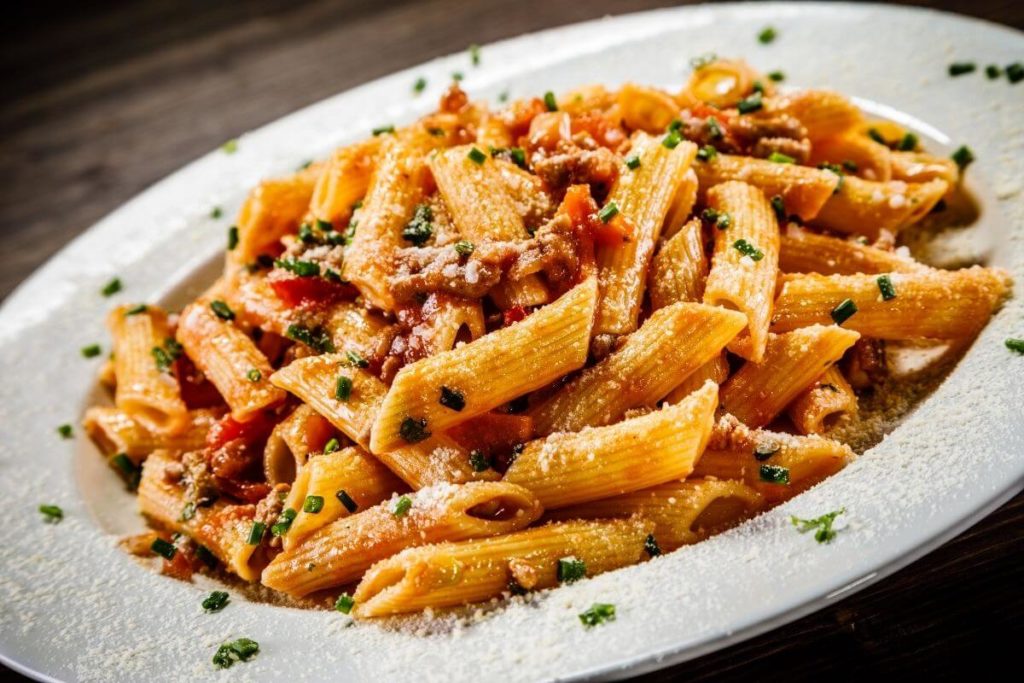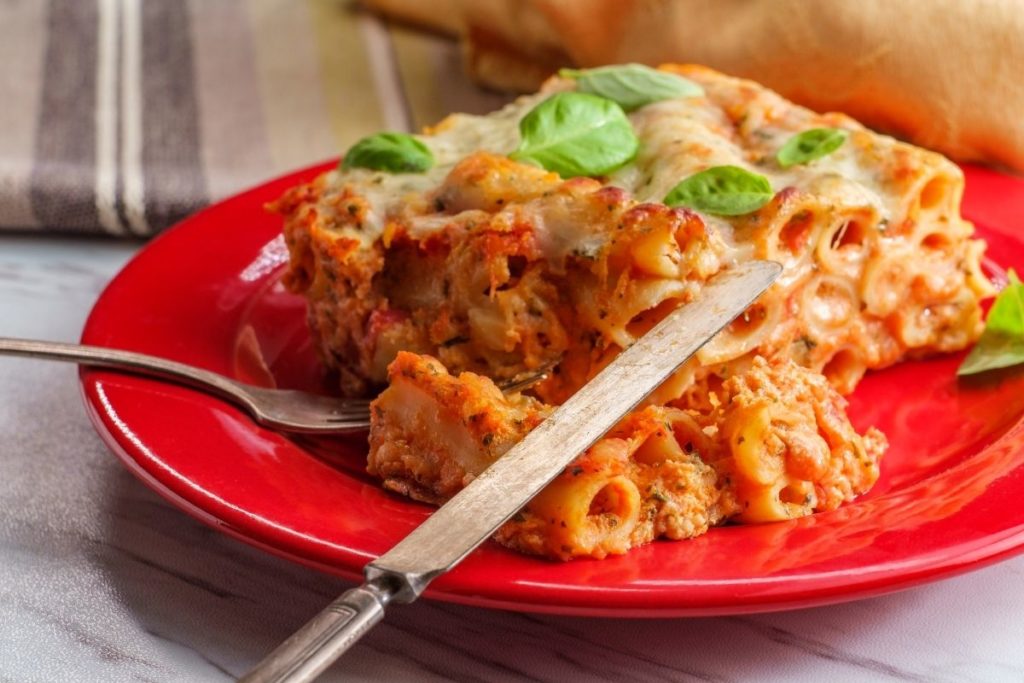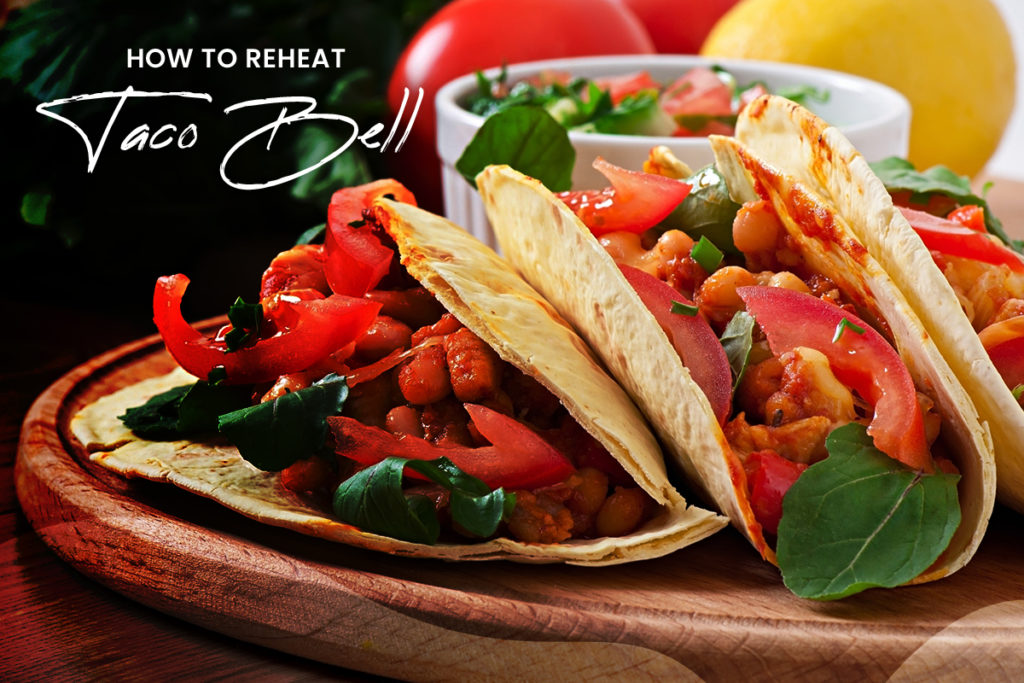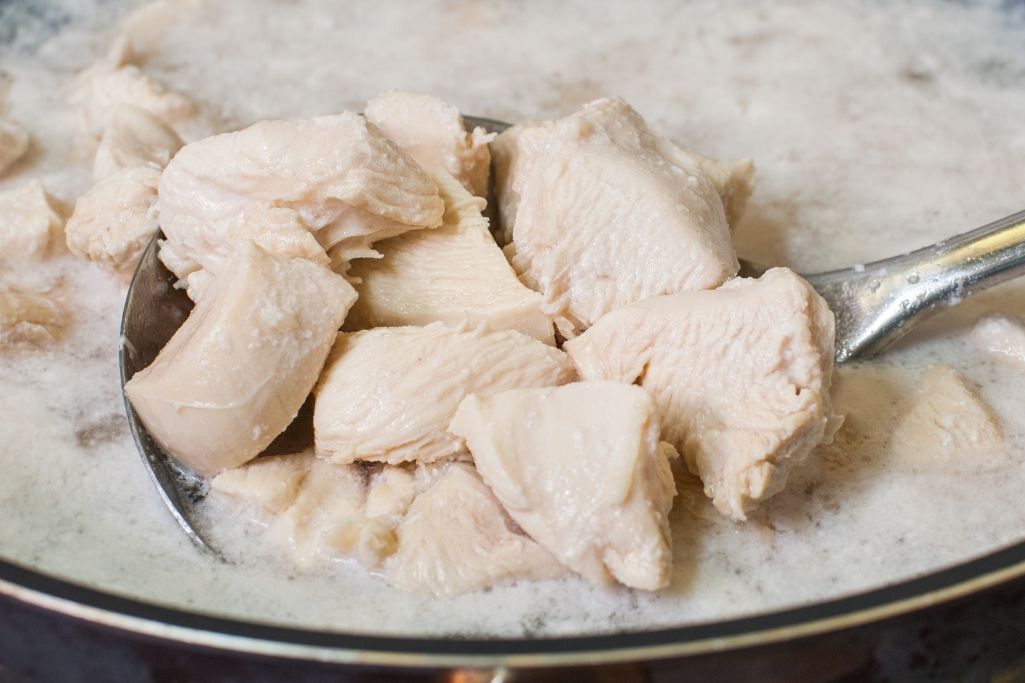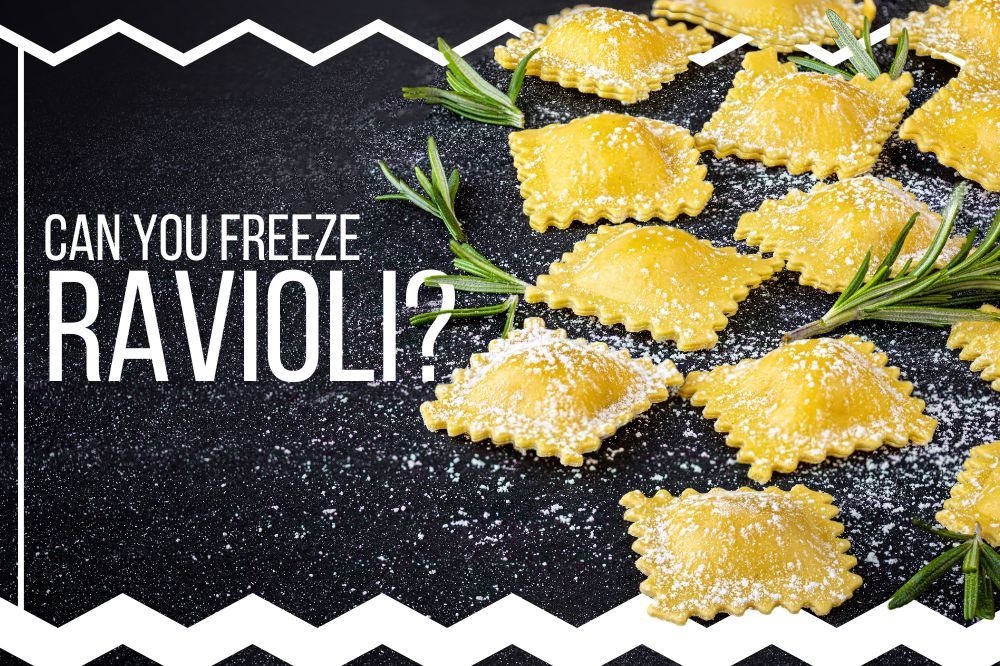Ziti vs Penne: What’s the Difference? (Updated 2024)
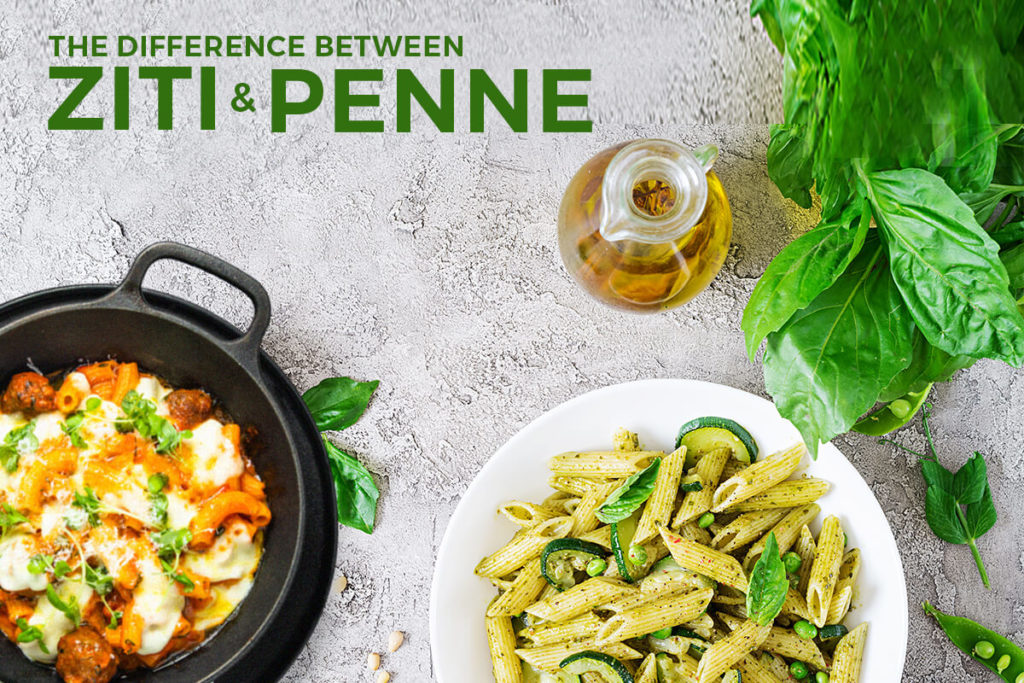
In this article, we’ll compare ziti vs penne, and discuss when to use ziti and penne in particular dishes. Read on to find out more about these kinds of pasta.
Pasta lovers know the difference between ziti and penne. Although the distinction isn’t huge, chefs know exactly when to use penne or ziti in a specific recipe or dish.
If you can’t figure out which is which, don’t worry, these kinds of pasta look pretty similar.
Only foodies and chefs will know which is perfect for certain dishes, as pasta affects the texture of the meal.
Ziti vs Penne: The Differences
Distinction and Geometry
Before we proceed to the distinction, let’s first discover what makes penne and ziti confusing for most people.
To start, both are hollow, cylindrical pasta that undergoes a process of extrusion forming the dough into its desired shape.
Their large surface areas make them perfect for meaty sauces.
Unlike spaghetti or other thin pasta, penne and ziti allow meat and other ingredients to stick into each bite.
Meaning, you can easily get a mouthful of both the meat and sauce when eating these kinds of pasta.
For a more clear distinction, let’s look at each of these kinds of pasta and uncover the major differences in length, width, and wall thickness.
Penne
This variety has a length of 2.12 inches and a width of 0.4 inches. Compared to ziti, penne is slightly longer, but its wall thickness is smaller than zitis.
Looking at this pasta closely, you can see the ends are cut at a particular angle, responsible for the large surface area.
This allows the sauce to be drawn into the tubes, for that flavorful bite.
In addition, penne has a smooth lisce or rigate, sturdy even when soaked with sauce.
By definition, penne means quill in Italian; which makes sense because of the large surface area.
When it comes to texture, the penne has fluted, sharp ridges around its exterior.
Looking closely, you can see vertical, lengthwise ridges that are distinctive of this pasta. While smooth versions exist, you’ll find the ones with sharp ridges served in restaurants.
Because of these ridges, penne pasta remains rigid, even after cooking. But this doesn’t taste uncooked, only textured to compliment the sauce and toppings.
Because this pasta has a sturdy structure, it goes well with thicker sauces.
The pasta’s texture stands up well without breakage.
It’s best used for sauces like ragu, which is hearty and thick, carbonara, and pesto—combining olive oil, pine nuts, and garlic.
Penne is also served al dente or firm to the bite.
The tubular shape and hollow body make it easier to fill the pasta with more sauce and toppings.
This results in a more delightful bite and is a true vehicle of sauce.
Speaking of other ingredients, penne can be a good choice to complement stew.
You can toss penne into a stew, with diced vegetables plus fresh cheese.
This isn’t applicable for ziti because of the smooth, buttery texture; it could end up in broken pieces.
Ziti
Looking closely at ziti pasta, you’ll understand why it’s not the same as penne; its ends are cut straight rather than diagonal, and it’s also shorter.
The pasta is only 2 inches long, with a width of 0.4 inches, similar to penne.
Now, the wall thickness is larger than the penne at 1.25mm, so it can actually carry a lot of sauce and toppings in every bite.
The word ziti comes from Naples, Italy, meaning bridegroom or betrothed.
It’s traditionally served as the first course in a wedding lunch.
There’s also another type of ziti pasta that’s twice the width and three times the length.
This is called ziti candele or simply Candele, usually broken down into pieces to fit into the pot.
Texture-wise, ziti has a consistent, smooth surface, which turns soft and buttery upon cooking.
Because of this, you want to partner ziti with thinner sauces like marinara, so the texture compliments the sauce.
You also want to cook ziti a bit tender, unlike penne’s al dente. This helps to easily stick sauce into the pasta for that wonderful taste.
Because of its texture, ziti has limitations in its flexibility. It pairs well with baked classics like cheese and meat.
Ziti is classic comfort food that’s easy to pair with other ingredients.
Conclusion
The difference between ziti and penne is obvious, especially if you take a closer look at these kinds of pasta.
Because of their physical structures and varying textures, they can be used to complement different sauces—thick and hearty, or thin and buttery.
Hope you learned something new today. Happy eating!
Print5 Easy Ziti Recipes
Check out these great Ziti Recipes that have been shared on Pinterest.
Ingredients
Instructions
- Click on each link above to view the pin and recipe.
- Obtain all the necessary ingredients to make the recipe.
- Follow the steps to create your dish.
- Enjoy your delicious meal =)
you may also like
well hello there!

Hi, I'm Linda thanks for stopping by! We're so happy you're here. If you're a foodie and love to cook from home - you're in the right place..
LEARN MORE
free newsletter
Join the mailing list and receive our free newsletter!
recent posts
let's be social
search site
Recipe Marker
Recipe Marker provides you with the best information about home cooking tips, recipes, ingredient substitutes and more. Check out our blog to see the latest articles.
Copyright © 2024 Recipemarker.com | All Rights Reserved | Privacy | Disclaimer | Contact
